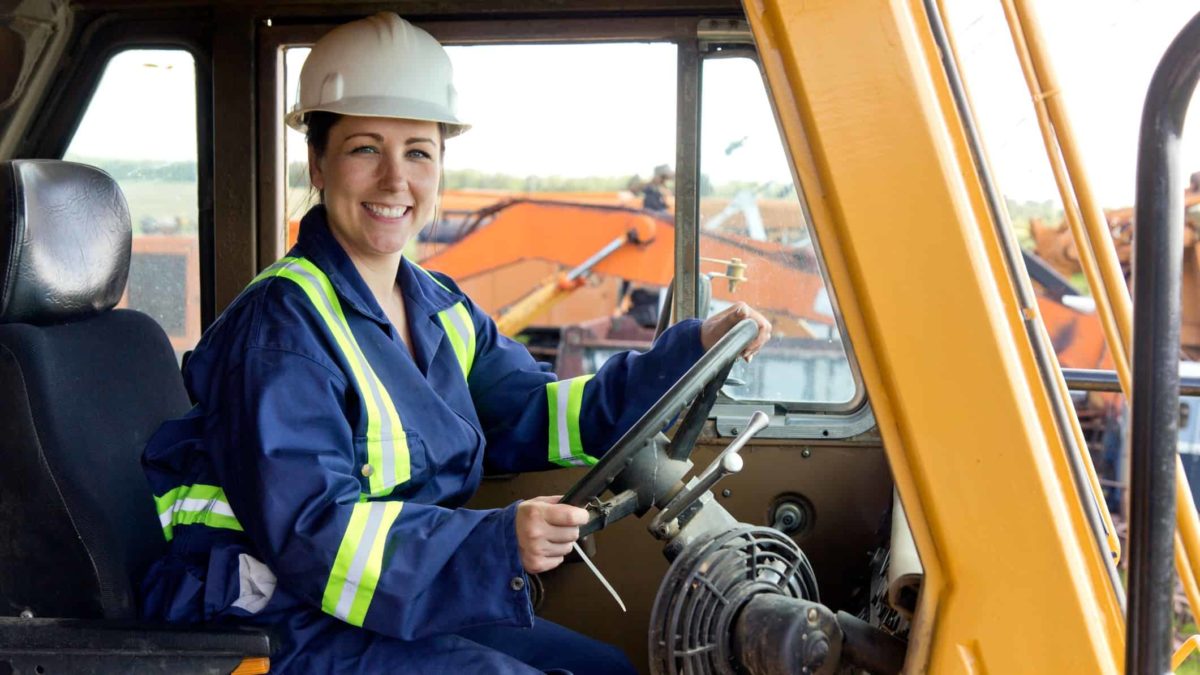The Rio Tinto Limited (ASX: RIO) share price is up 2%. To put that into context, the S&P/ASX 200 Index (ASX: XJO) is also up 0.95%.
However, there is reporting by Nine Entertainment Co Holdings Ltd (ASX: NEC) that Rio Tinto is considering a green push.
How is Rio Tinto considering going greener?
The Sydney Morning Herald has reported that Rio Tinto is investigating using biomass to replace coal in the steelmaking process. Coal has a reputation of producing a lot of emissions.
There has apparently been years of research and now it is testing the process, which is patent-pending, that combines raw plant matter with microwave technology to remove oxygen from iron ore and turn it into metallic iron.
If this test is successful, then there is the potential for it to be "developed at commercial scale to help drive down the greenhouse gases emitted by the carbon-heavy steel mills."
According to the SMH reporting, the biomass would count as carbon neutral because the "carbon dioxide released during combustion would initially have been absorbed from the atmosphere during a plant's lifetime."
Rio Tinto iron ore chief executive Simon Trott was quoted by the SMH:
We are encouraged by early testing results of this new process, which could provide a cost-efficient way to produce low-carbon steel from our Pilbara iron ore.
More than 70 per cent of Rio Tinto's Scope 3 emissions are generated as customers process our iron ore into steel, which is critical for urbanisation and infrastructure development as the world's economies decarbonise. While it's still early days…we are keen to explore further development of this technology.
How else is Rio Tinto planning to go greener?
The Rio Tinto share price may be influenced in the future by its Jadar project.
It has committed $2.4 billion to the lithium-borates project in Serbia, one of the world's largest greenfield lithium projects. However, it remains subject to receiving all relevant, approvals, permits and licences.
Rio Tinto said that the Jadar project would scale up Rio Tinto's exposure to battery materials, and demonstrate the company's commitment to investing capital in a disciplined manner to further strengthen its portfolio for the global energy transition.
Jadar will position Rio Tinto as the largest source of lithium supply in Europe for at least the next 15 years. In addition, Jadar will produce borates, which are used in solar panels and wind turbines.
This could be a very large investment for Serbia, contributing 1% directly and 4% indirectly to GDP. The mine has a 40-year life.
First saleable production is expected in 2026 at a time of strong market fundamentals for lithium, demand is expected to grow by an average of 25% to 35% per annum over the next decade. Full production will occur in 2029, where it will produce around 58,000 tonnes of lithium. This will make Rio Tinto one of the top ten lithium producers in the world.









